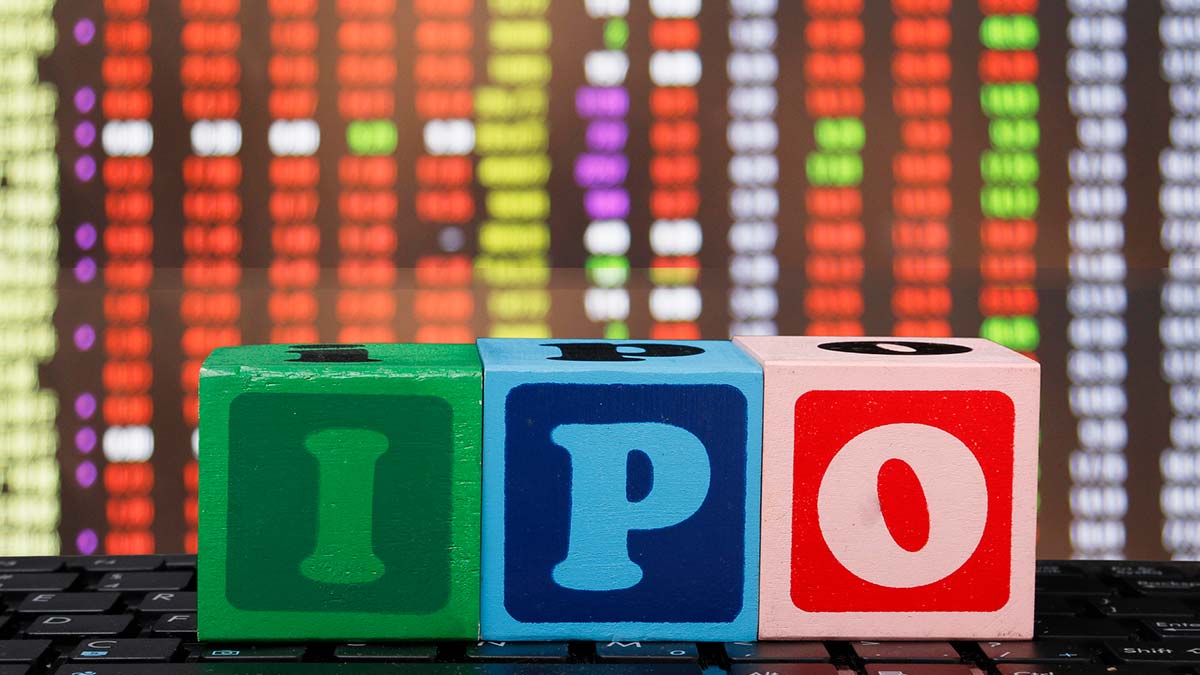IPO Watch: Big investors pile into $6.6m Norwest Minerals float

Gold and copper play Norwest Minerals has seen an influx of institutional investors into its $6.6 million initial public offering.
A recent trip to Hong Kong proved fruitful for the company that was spun out of battery metals-focused Australian Mines (ASX:AUZ), with several institutional investors keen to back Norwest, according to corporate advisor Terrain Capital.
“There’s a lot of people that we talked to that were interested in hearing the Norwest story and it was really nice to say we haven’t got any space for any more instos,” Terrain Capital director Dominic Marinelli told Stockhead at this week’s International Mining and Resources Conference (IMARC) in Melbourne.
Norwest, which is aiming for a November 29 debut, now just needs to get its spread of retail investors and looks set to close the IPO earlier than the mid-November deadline.
“It’s scheduled to close on the 15th of November, but I think we’re likely to close early with the rate at which subscribers are coming on to get the spread that we need,” Mr Marinelli said.
Australian Mines (ASX:AUZ) — which is focused on fast-tracking it mammoth Sconi and Flemington cobalt, nickel and scandium projects into production — transferred its WA gold and base metals projects to subsidiary Norwest in July.
Of particular interest is Norwest’s “Bali” copper project in WA, where recent rock chip sampling returned high-grade copper of up to 36.8 per cent copper.
Grades of between 1.5 per cent and 6 per cent are considered good and grades above that are high-grade.
Previous shallow drilling, meanwhile, has returned high-grade hits of up to 7.17 per cent copper from 17m.
- Subscribe to our daily newsletter
- Bookmark this link for small cap news
- Join our small cap Facebook group
- Follow us on Facebook or Twitter
Copper demand to surge on electrification
“A few years ago everybody was talking about the looming shortage of copper, but then they stopped,” Mr Marinelli said.
“But the fact is there hasn’t been many major discoveries and I still think the problem for shortage of copper exists going forward.”
While around $100 billion has been spent on copper exploration in the past decade, just nine discoveries have been made, according to Gianni Kovacevic, chairman of Canadian-listed CopperBank.
There are several demand drivers, but the largest is the global push towards complete electrification.
“Final energy today, only 19 per cent is electricity, it took us 120 years,” Mr Kovacevic told delegates at IMARC.
“In the next 40 years it’s going to go to 50 or 60 per cent, but the amount of copper per application is going to increase.
“I lose no sleep at night that the demand for copper is going to be strong.”
Right now, 75 per cent of the world’s copper is used to produce, generate, conduct, transport or utilise electricity and Mr Kovacevic says there will be “countless billions more products that will use copper”.
Demand for the red metal is predicted to grow at an annual rate of between 4 and 6 per cent.
There are currently 25 mines that supply around 50 per cent of primary copper, and most of them are located in just two countries – Chile and Peru.
The world has just 20 years of reserves left.
Along with the lack of new discoveries, the grade of existing mines is declining — which means more material has to be mined to get the same amount of copper.
The lower grade also means that the copper price has to be much higher to incentivise new production.
Copper is currently fetching around $US6,258 per tonne on the London Metal Exchange.
“I believe that the copper price is going to exceed its old all time high, not because I’m a prognosticator, because I understand engineering, and we have to be able to make 0.4 per cent copper ore economic,” Mr Kovacevic said.
He predicts copper will have to rise to somewhere between $US12,000 and $US14,000 per tonne in the next 10 to 20 years.
UNLOCK INSIGHTS
Discover the untold stories of emerging ASX stocks.
Daily news and expert analysis, it's free to subscribe.
By proceeding, you confirm you understand that we handle personal information in accordance with our Privacy Policy.








